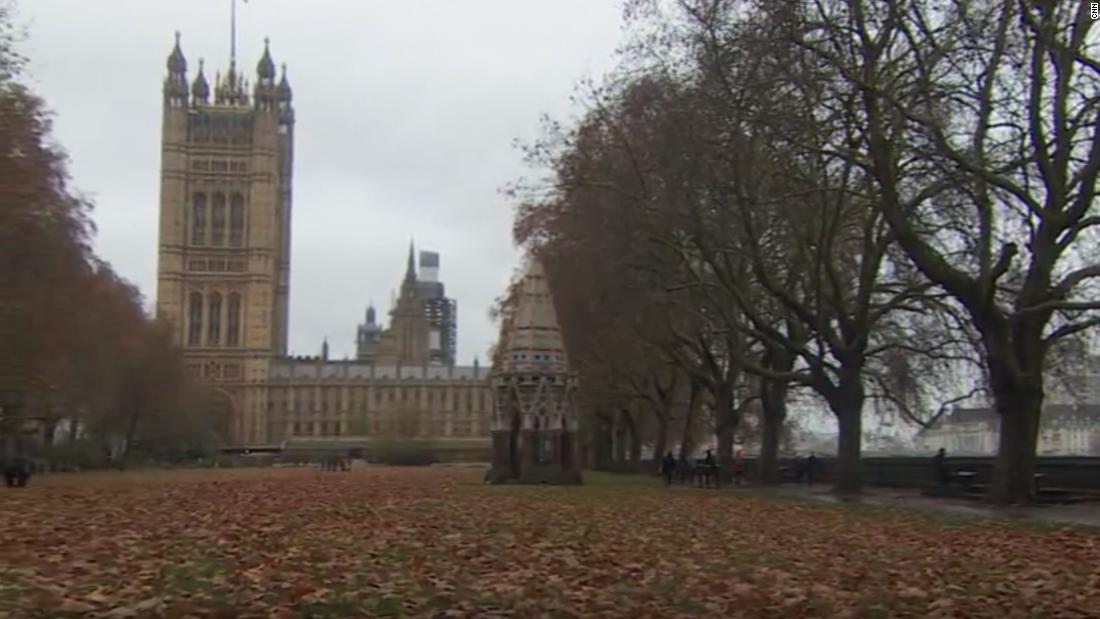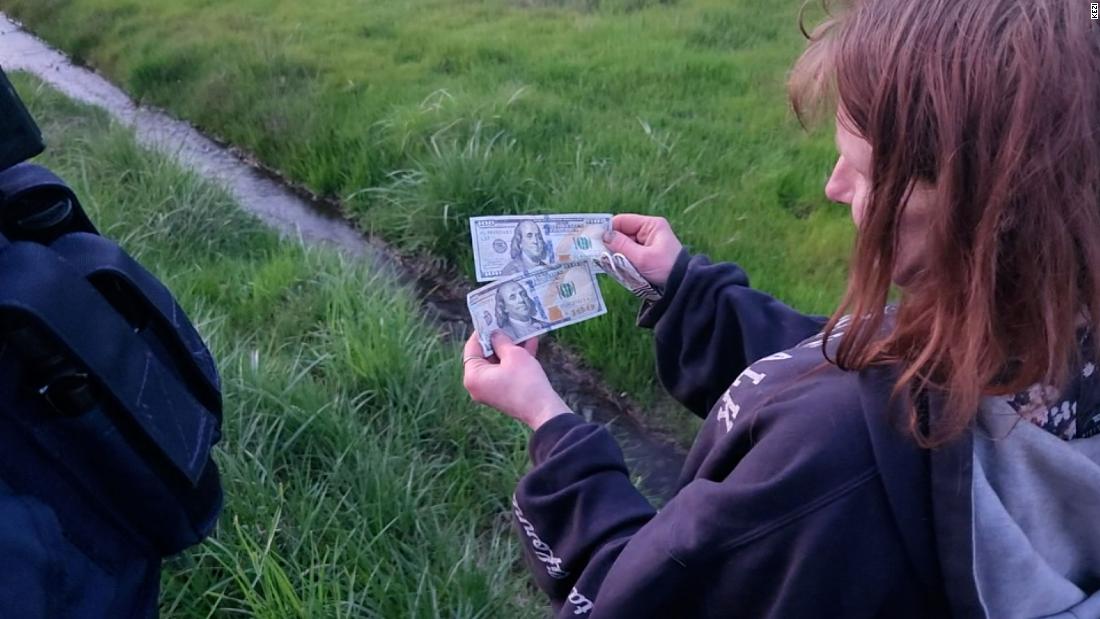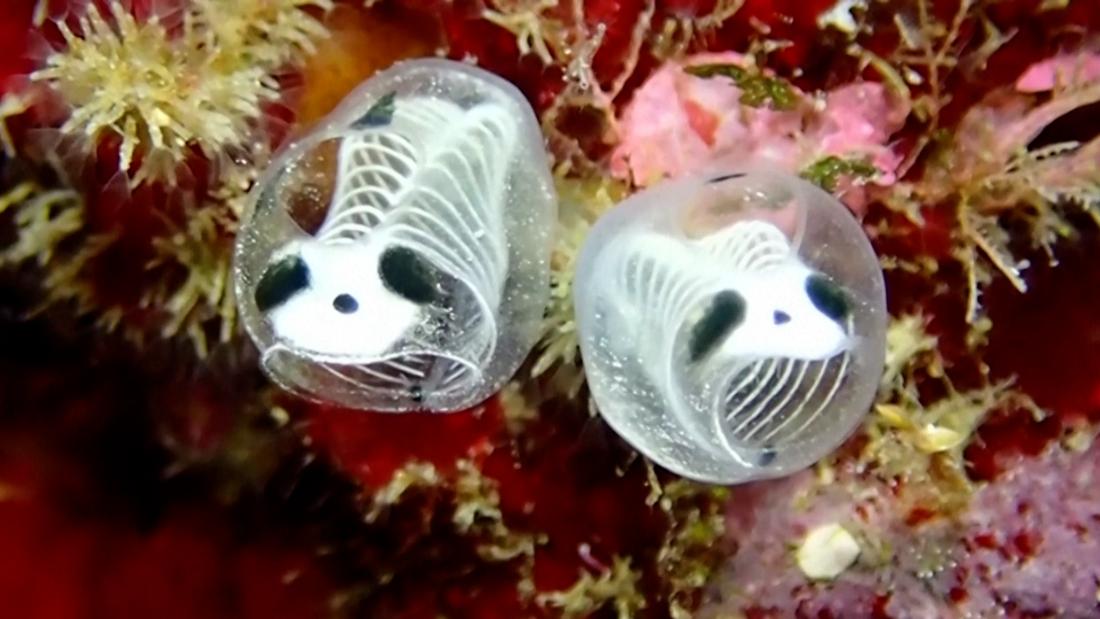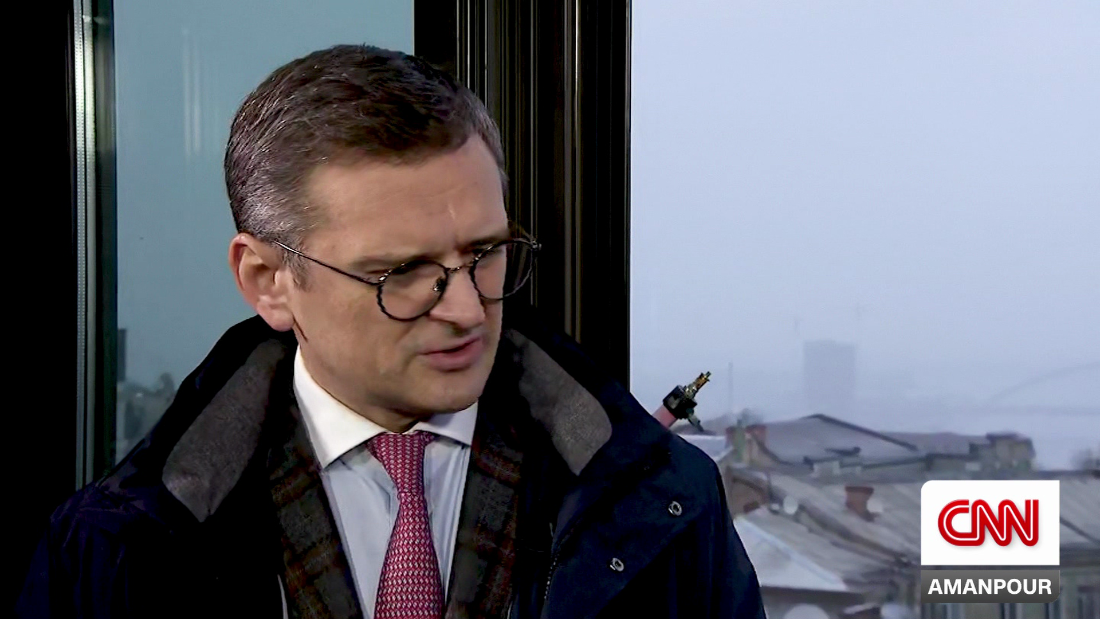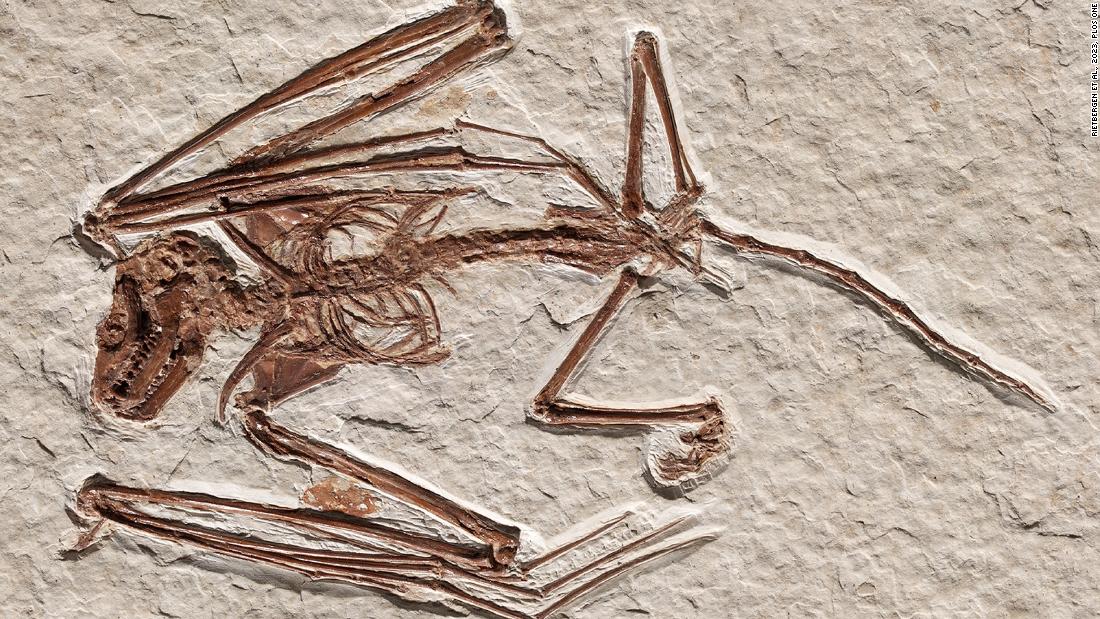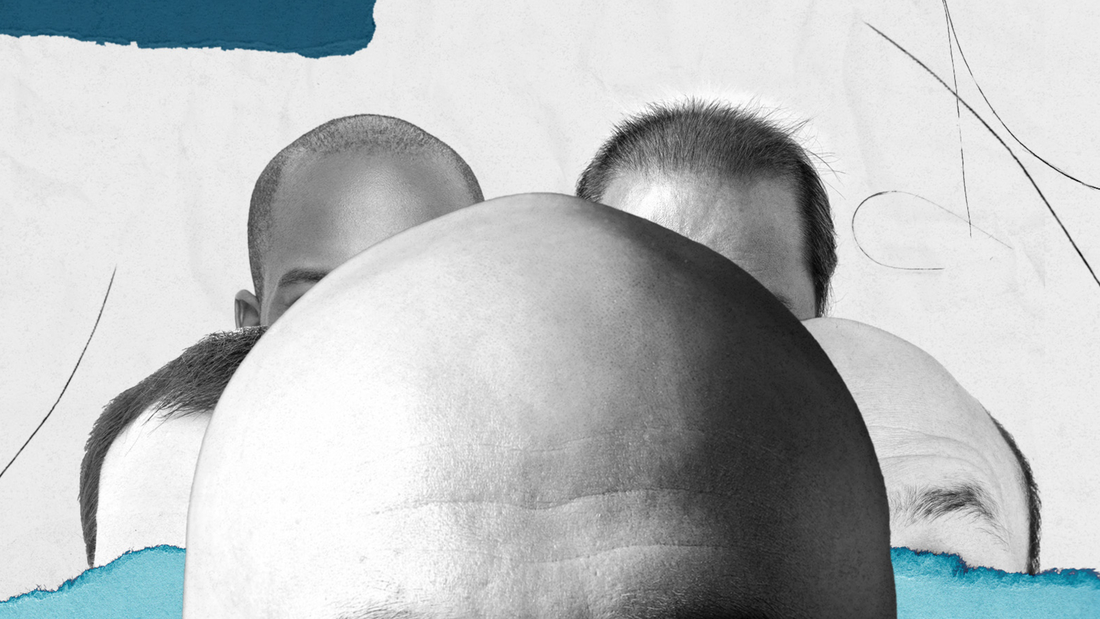A RING believed to date back more than 1,000 years has been unearthed by a volunteer.
John Ralph made the incredible find while he was on a dig at a fort in Burghead, Scotland.
A Pictish ring believed to be thousands of years old was unearthed in BurgheadUniversity of Aberdeen
PAThe ring was found on the last day of a dig by a group from the University of Aberdeen[/caption]
The area was reportedly a prominent seat of power within the Pictish kingdom.
The Picts were descendants of the native Iron Age people.
They lived between 300AD and 900AD in what we now know as Scotland.
John, 68, scooped the accessory with other eager volunteers led by the University of Aberdeen.
The pensioner signed up to the group after retiring as an engineer.
The ring caught his eye immediately, at which point he handed it to another member of the cohort for extra inspection.
“I had found a few interesting items including bone pins and it was great being part of the team, which was the real draw,” he told the BBC.
“I was just clearing the floor of a building and at first I saw a metal pin and then lo and behold, there was the ring.
“It was like a striker scoring a goal.
“It was only when I showed it to the volunteer next to me and he got excited that I thought it might really be something. You are always a bit surprised when you get something like that.”
The ring has been passed on to the National Museum of Scotland’s post-excavation service for analysis.
Professor of Archaeology at the university, Gordon Noble, who led the excavation, lifted the lid on just how rare a find the ring was.
He said: “John was digging and then came over and said ‘look what I’ve found’.
“What he handed over was truly incredible.
“We could see it was something really exciting as despite more than 1,000 years in the ground we could see glints of the possible garnet setting.”
“There are very few Pictish rings which have ever been discovered and those we do know about usually come from hoards which were placed in the ground deliberately for safekeeping in some way.”
Who were the Picts?
What we know about Fortriu and the Picts is from foreign sources – the Romans, the English and Irish chroniclers – and from archaeology and other research which thankfully is ongoing and is bringing to light more evidence of this truly lost kingdom and its peoples.
However, we still do not know what language was spoken by the Picts, nor do we know of any Pictish writings save some largely undeciphered inscriptions on the items which most prove that the Picts existed – the numerous standings stones and slabs which are scattered around those areas of modern-day Scotland in which they lived in the first millennium of the Common Era.
More than 200 Pictish stones have been identified due to their distinctive symbols, showing that the Picts were widespread across Scotland north of the Forth and Clyde, and that they had their own culture and an organised society, especially after they converted to Christianity in the sixth and seventh centuries.
Source: The National
The breathtaking discovery came just months after scientists claimed to have unearthed the world’s oldest human DNA in Europe.
In a cave under a medieval castle, 13 bone fragments were unearthed that belonged to six individuals including a mum and a daughter, as well as distant cousins.
The fragments were discovered in Ranis, Germany, with the people they belonged to believed to have walked the earth around 45,000 years ago, according to a study.
Elsewhere, an archaeologist found a secret message in a bottle from a Viking dig site dating back to 150 years ago.
The bottle was discovered at a known viking burial site in Norway and was originally buried by another archaeologist in 1874.
PAThe volunteer was stunned by the discovery[/caption]
Free for editorial useJohn made the incredible find at a former fort believed to be a significant seat of power[/caption] Published: [#item_custom_pubDate]























































